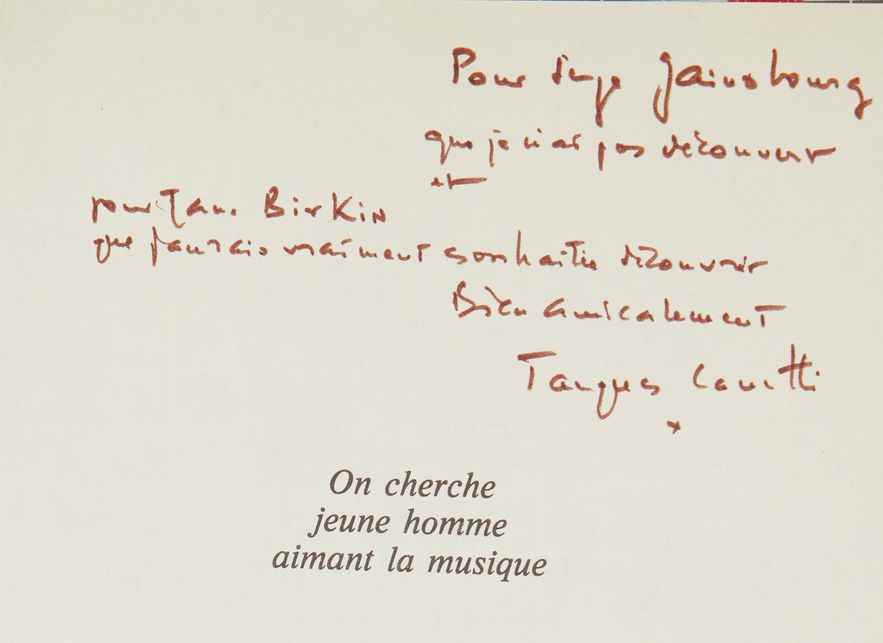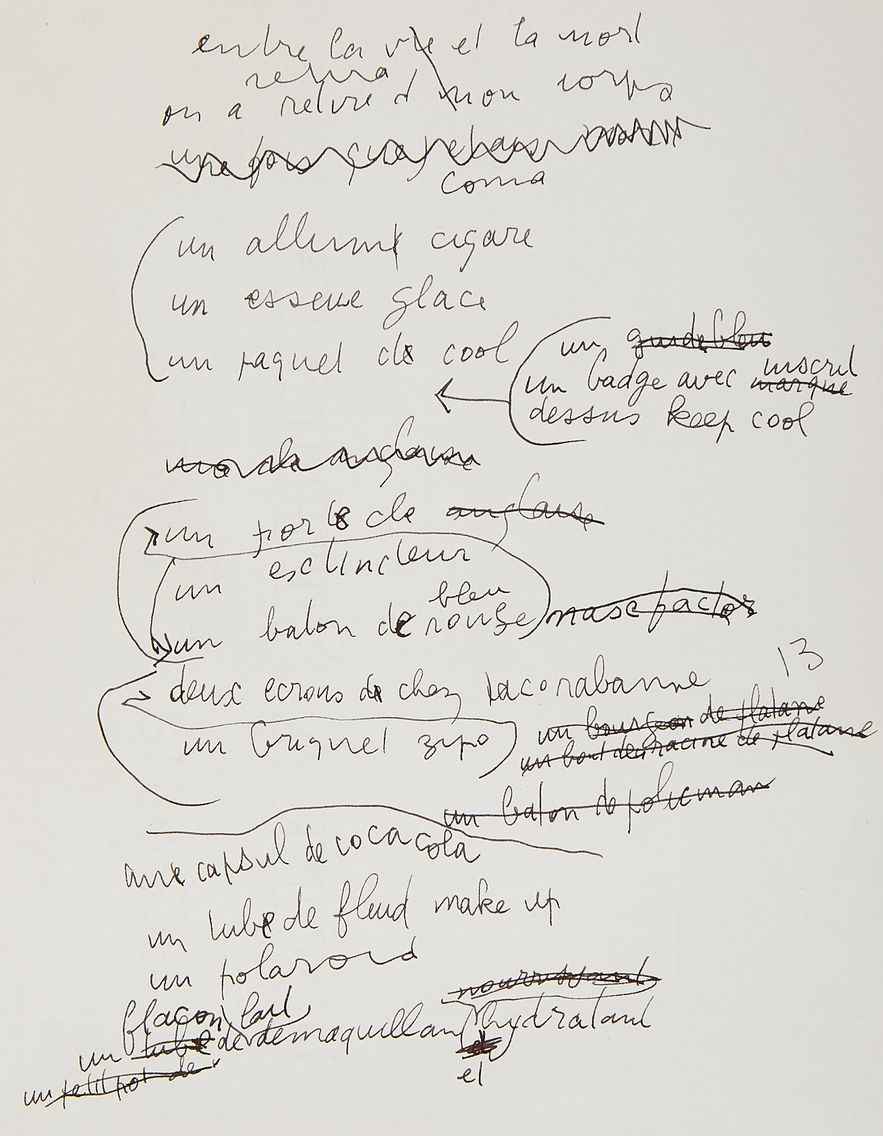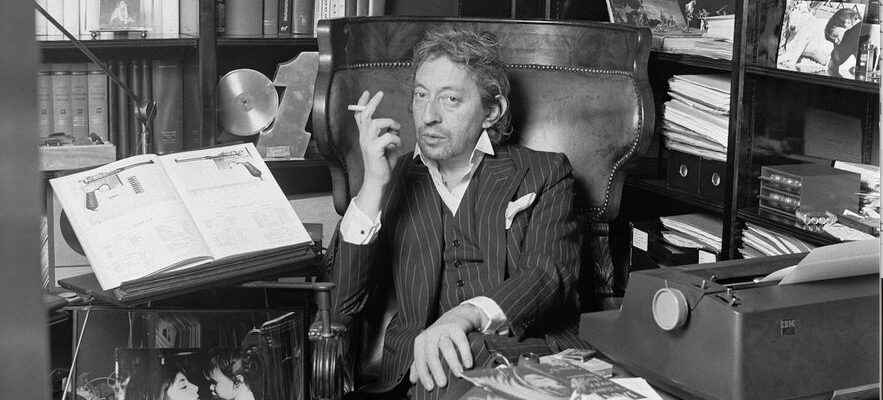“The specialties separate the man from all other men”, wrote Francis Picabia in jesus christ rastaquouère. From this sulphurous text by the dada painter published in 1920, Serge Gainsbourg had made his bedside book. The singer-songwriter, then rewarded with a success of esteem, nevertheless proclaimed loud and clear the minority of song in the face of the major arts – painting and literature. A minor contradiction with his mentor, because Picabia had everything to please Gainsbourg, himself a painter in his early days, who, dissatisfied with his production, destroyed his paintings, before embarking on the musical career that we know. . What remained of Francis was the pictorial corpus, Dadaist then Surrealist, and above all this blasphemous writing which accompanied the singer throughout his life, from the young Lucien (Ginsburg) to Serge (Gainsbourg-Gainsbarre).
Exhibitions around the lyricist have flourished in recent months pending the opening of Maison Gainsbourg, rue de Verneuil, a full partner of the Public Information Library (BPI) of the Center Pompidou which illuminates, under the curatorship of Monika Prochniewicz and Caroline Raynaud, the composer’s creation from the angle of the “exact word”. The one who sprinkles the manuscripts of his songs: Cannabiswhere he devotes himself to talk overdaring to use the most acrobatic caesuras and an ultra-sophisticated vocabulary, or Ford-Mustangbuilt from a list of car accessories unearthed in an advertising brochure.
Serge Gainsbourg in his office rue de Verneuil in 1979.
/ © Christian Simonpietri / Sygma via Getty Images
Creator but also collector, the man keeps, like precious relics, the autographs requested from the personalities he meets – Nureyev, Mastroianni, Rostropovitch, Bérégovoy, Mohamed Ali… – and the flyleaves autographed by friends, like Jacques Canetti, the tireless talent sniffer who was the first to sniff out that of young Serge. Among these innumerable small papers are also the membership cards of the clubs that the night owl frequents assiduously and telephone numbers scribbled on notepads of hotels at the end of the 1980s.

Dedication by Jacques Canetti.
/ © Maison Gainsbourg
Gainsbourg had an eye as well as an ear
The nerve center of his daily life: his very… heterogeneous library. Here, art books (Ernst, Dali, etc.) chosen for their cover graphics or prefaces by him (Denis Boissier, Jérôme Minet, etc.), works by Sade, Baudelaire, Rimbaud, Poe, the complete works of Benjamin Peret, The future Eve by Villiers de L’Isle-Adam, an anthology of Shakespeare’s plays or lolita of Nabokov are close to DIY sheets of Professor Choron, a Dictionary of Egyptian Civilizationa comic by Placid and MuzoElizabeth Teissier’s predictions for 1983, The Breast Game from Topor, but also fan letters and children’s doodles. Are added to it, the ease come, the original manuscript of The Marseillaise and an autograph letter from Chopin.

Manuscript of “Ford Mustang”.
/ © Maison Gainsbourg
Precious objects and works of art also have their place in the sanctuary on rue de Verneuil, like the ornate canes whose collection Gainsbourg began in the mid-1960s, and the sculpture of Claude Lalanne, The Man with the Cabbage Headacquired in 1974, which gives its name to the second concept album knitted by the singer after the cult one ofHistory of Melody Nelson. In September 1976, he photographed the statue from every angle in the courtyard of his Parisian home during a long session that included more than 300 slides. The esthete of meticulousness had an eye as well as an ear. Alain Coelho, his publisher friend and author of Waves magnitudes of timenicely summed it up as an entry to the copy he gave to the dandy of French song in 1981: “A Gainsbourg, qui est l’élegance”.
